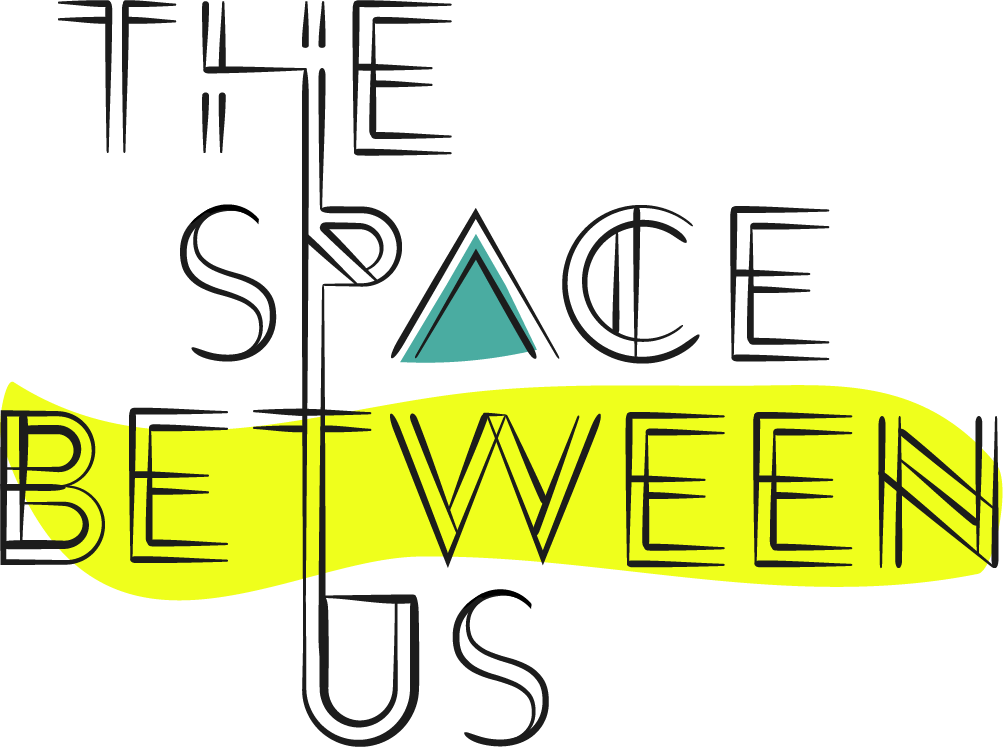Post #94
Water and Clay
I am grateful for the time that KC Adams spent with us in her exhibition, Gidamaji’igoomin maamikawiseyang gidoodaanaaminaan, at C2 Centre for Craft, with some of our classmates from the course Public Art: Nuit Blanche and Other Ruptures. In the exhibition, there are many connections to themes that were discussed throughout the course Public Art: Nuit Blanche and Other Ruptures, such as, the importance of community, honouring ancestors, creating Indigenous spaces that create ruptures and actively move towards decolonization, connecting with and honouring the importance of water and the land.
Although the exhibition was indoors in the white-walled gallery space of C2, there was a strong sense that the space was connected to the land and outdoors. There were five animal-skin rugs on the floor that we were encouraged to sit on. Each rug had a ceramic vessel with a smoked woodfire appearance on the surface. Each of the vessels was nested on a bed of cedar cuttings, and each of the vessels contained water inside. On the wall was a video playing on a loop of a water ceremony with women who are friends and family of the artist, representing multiple generations of women. As I watched the video, I reflected on the knowledge that woman are water carriers, we carry water in our bodies. If we become pregnant our babies float in a sea of water nestled in our womb. I also thought about how water is life giving and precious. When watching the video, as I sat on a bison-skin rug, I also thought of how dependent we are on water and how we need to protect it. It is scary to think of the amount of poisons, toxins, and pollutants that are in our rivers, lakes and oceans. I felt a heightened concern for the environment as I watched the water ceremony. I felt very honoured to be able to view the video that KC Adams shared for it felt like a sacred moment, an intimate ceremony shared with women close to KC and it is very generous of her to share this with the public.
I can see connections between this artwork of KC Adams and the artwork Niimaamaa that she created in collaboration with Jaimie Isaac and Val Vint at the Forks as part of the “Acts of Compassion” series by Julie Nagam. Both pieces speak to the importance of water, connection to the earth, and connection to traditional Indigenous teachings. While the group of students sat on the rugs as we viewed the video and discussed the artwork with KC the conversation turned to motherhood, the relationships that the mothers in the group have with their children, and the relationships we all have with our mothers. It felt as if Niimaamaa was present in many ways.
The exhibition also reminded of the healing aspects of clay. Clay holds your imprint and it carries with it the memory of the artists touch. It is earthy and mailable. These aspects help to provide healing through the tangible way they can carry the mark an artist wishes to create. As part of the earth, clay represents place. It is the earth which we stand on. To work with the earth and be able to hold a tangible representation of earth and water while recognizing its significance is an empowering act.
The presences of ceramic vessels along with the many components to the exhibition that you were able to touch furthered the accessibility of the exhibition. There were branches of cedar on the animal skins that brought a comforting scent to exhibition provided multi-sensory aspects to the exhibition. Other multi-sensory components in the exhibition were the video sounds, sound of water, being able to touch the cedar and feel the fur of the animal skins. Being able to touch, see, hear and smell components of the exhibition creates a greater understanding of the artwork and increases the accessibility of the work and shares Indigenous knowledge to the viewers of the exhibition. These are elements that are common many public artworks and artworks for Nuit Blanche, they are welcoming, tangible and accessible to many senses.
—
Colleen Leduc
